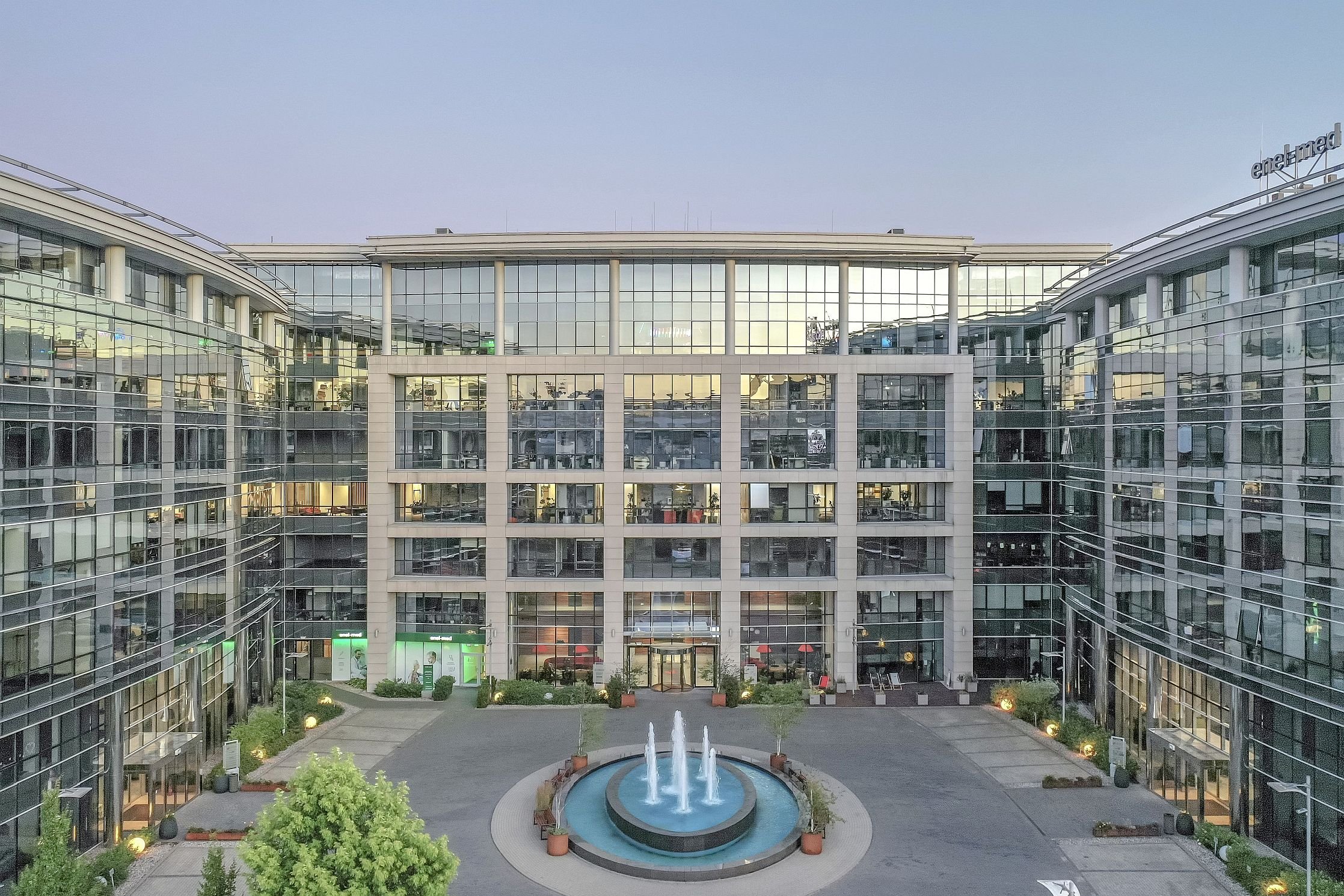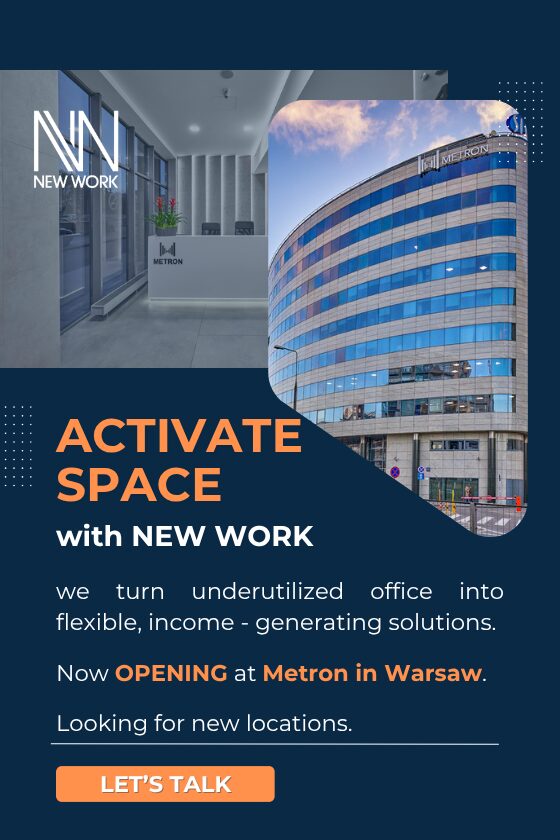Over the past year, several factors have emerged as dominant in shaping tenants’ priorities when selecting office space.
Environmental, Social, and Governance (ESG) considerations are playing an increasingly significant role in property selection, often influencing decisions from the very first stage of the search. Tenants are not only looking at a building’s sustainability credentials but are also seeking ESG-related commitments embedded within lease agreements.
Due to the rising costs of adapting space to the tenant’s needs, the average length of signed contracts is increasing. In newly developed buildings, seven-year leases have become the standard, while in existing properties, contracts of at least five years are now the norm. Short-term leases of three years are becoming increasingly rare.
Recognising that some companies are unable to commit to long lease periods, landlords have introduced more flexible rental options. Ready-to-occupy office spaces are now available for shorter terms, even for one or two years, primarily targeting smaller organisations willing to lease standardised spaces without extensive customisation.
In response to evolving workplace strategies, coworking spaces are growing in popularity. Both independent operators and landlords are expanding their offerings, providing flexible office solutions to accommodate businesses of all sizes. This trend aligns with the increasing demand for adaptability in leasing arrangements.
Pre-let transactions – a new trend?
Over the next two to three years, we may see an increase in large pre-let transactions. With a limited number of new speculative developments, pre-let could become the primary way for tenants to secure optimal office space in terms of location, layout, and quality standards.
At the same time, the shortage of available space is likely to drive further pressure on lease renegotiations, as tenants seek to retain favourable terms in the face of limited alternatives.
Negotiations amidst the supply gap
For years, tenants have enjoyed a strong negotiating position, but the landscape is shifting. Today it is becoming increasingly difficult to realise the often exorbitant negotiating expectations. With a growing supply gap, upward pressure on rents is increasing, and landlords now hold a stronger position than in previous years. While this shift is a natural part of the market cycle, it presents new challenges for tenants.
For large organisations, a proactive approach is crucial – starting lease negotiations earlier than they used to do, even 2-3 years before contract expiry, can help secure the best options. Meanwhile, smaller companies might find an advantage in streamlining decision-making processes, allowing them to act quickly on emerging opportunities. Recent years have shown that delayed decision-making can extend the leasing process unnecessarily, making agility a key factor in securing the right space.
ESG challenges
The number of tenants unfamiliar with real estate is steadily decreasing. However, as ESG considerations gain prominence, companies now require more specialised support in this area -something that was virtually non-existent just a few years ago.
Leasing processes have become more complex, requiring input from experts across multiple fields, which in turn prolongs decision-making. This multi-layered approach is one of the biggest challenges today.
Author: Robert Pastuszka, Director, Office Agency







